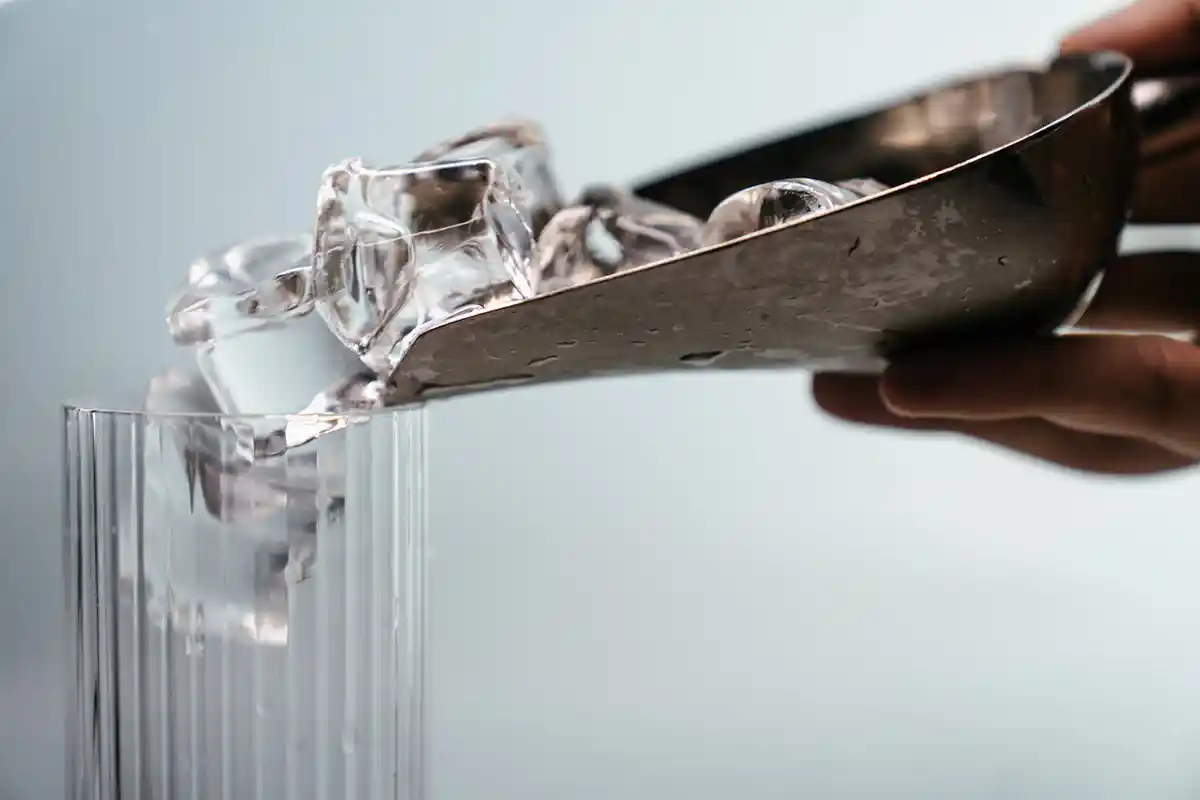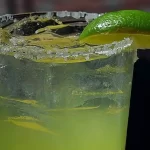Are you tired of serving cloudy and dull ice cubes in your beverages? Do you want to impress your guests with crystal-clear ice cubes that enhance the visual appeal of your drinks? In this article, we will uncover the secrets to making clear ice cubes that will elevate your drink presentation and leave a lasting impression on your friends and family. So, let’s dive in and discover the art of creating perfect, clear ice cubes.
Introduction
When it comes to serving drinks, presentation plays a crucial role. Clear ice cubes not only enhance the visual appeal of your beverages but also prevent them from diluting too quickly. Cloudy ice cubes can be a result of impurities and trapped air bubbles during the freezing process. By understanding the science behind clear ice cubes and implementing specific techniques, you can achieve professional-quality ice cubes at home.
Why Do Ice Cubes Turn Cloudy?
Cloudy ice cubes occur due to the presence of impurities and air bubbles in the freezing process. Tap water often contains minerals and impurities that can contribute to cloudiness. Additionally, when water is frozen rapidly, it traps air bubbles within the ice, resulting in a cloudy appearance.
The Science Behind Clear Ice Cubes
The key to making clear ice cubes lies in the freezing process. Slow and controlled freezing allows the ice to freeze uniformly, minimizing the formation of air bubbles. When water freezes slowly, impurities and dissolved gases are forced to the center, leaving the outer layers of the ice clear and transparent.
Different Methods to Make Clear Ice Cubes
- Method 1: Boiling Water Boiling water before freezing it helps remove impurities and dissolved gases, resulting in clearer ice cubes. Allow the boiled water to cool before pouring it into ice trays or molds.
- Method 2: Directional Freezing By insulating the sides and top of an ice tray or container, you can encourage directional freezing. This method allows the impurities and air bubbles to be pushed to one corner, leaving the rest of the ice cube clear.
- Method 3: Using Distilled Water Distilled water has fewer impurities compared to tap water, making it a great choice for clear ice cubes. Simply fill your ice trays with distilled water and freeze them.
- Method 4: The Insulation Technique Insulating your ice tray with a layer of foam or a towel can help slow down the freezing process and reduce the formation of air bubbles. This method promotes the creation of clear ice cubes.
- Method 5: The Ice Ball Method Using a specialized ice ball mold, you can create large, crystal-clear ice spheres. The larger surface area allows the impurities to settle at the bottom, resulting in a clear and visually appealing ice ball.
Tips for Making Clear Ice Cubes
- Use a silicone ice tray or a mold designed for clear ice cubes.
- Avoid using tap water and opt for filtered or distilled water instead.
- Allow the water to cool before freezing to prevent rapid freezing and the formation of air bubbles.
- Insulate your ice trays or molds to promote directional freezing.
- Freeze the water slowly and at a low temperature, if possible.
- Remove the ice cubes carefully to prevent any breakage or cracking.
The Importance of Using Filtered Water
Filtered water plays a vital role in achieving clear ice cubes. Water filters help remove impurities and particles that can affect the clarity and taste of your ice cubes. Investing in a quality water filter system or using filtered water can significantly improve the quality of your ice cubes.
How to Store Clear Ice Cubes
To maintain the clarity of your ice cubes, store them in a sealed container or a freezer bag to prevent them from absorbing odors or flavors from the freezer. Keep them separate from other foods to avoid contamination.
Creative Uses for Clear Ice Cubes
Clear ice cubes have more applications than just cooling down your favorite beverages. Here are some creative ways to use clear ice cubes:
- Adding a touch of elegance to cocktails
- Chilling fruit-infused water or iced tea
- Creating visually stunning centerpieces
- Enhancing the presentation of mocktails and non-alcoholic drinks
Conclusion
Mastering the art of making clear ice cubes can take your drink presentation to a whole new level. By understanding the science behind clear ice and implementing specific techniques such as boiling water, directional freezing, and using distilled water, you can create ice cubes that are not only visually appealing but also free from impurities and air bubbles. Remember to store your clear ice cubes properly to maintain their clarity and use filtered water to ensure the best results.
FAQs (Frequently Asked Questions)
- Can I use tap water to make clear ice cubes?
- While tap water can be used, it may contain impurities that can affect the clarity of the ice cubes. It is recommended to use filtered or distilled water for the best results.
- How long does it take to make clear ice cubes?
- The time required to make clear ice cubes depends on the freezing method and the size of the ice cubes. On average, it can take several hours to overnight.
- Can I use regular ice trays to make clear ice cubes?
- Regular ice trays can be used, but using specialized silicone molds or ice ball molds designed for clear ice cubes can yield better results.
- Why are clear ice cubes preferred over cloudy ice cubes?
- Clear ice cubes are preferred because they enhance the visual appeal of beverages and melt slower, preventing drinks from becoming diluted too quickly.
- Can I use the same methods to make clear ice cubes for commercial purposes?
- The methods described in this article can be applied to both home and commercial settings. However, for large-scale production, specialized equipment may be required.









